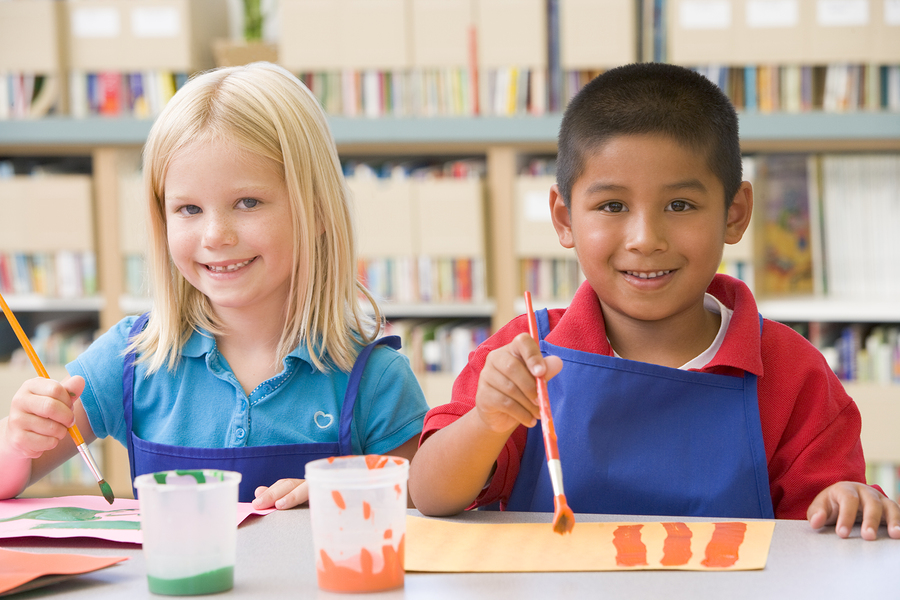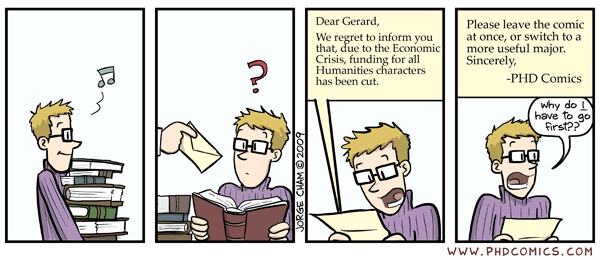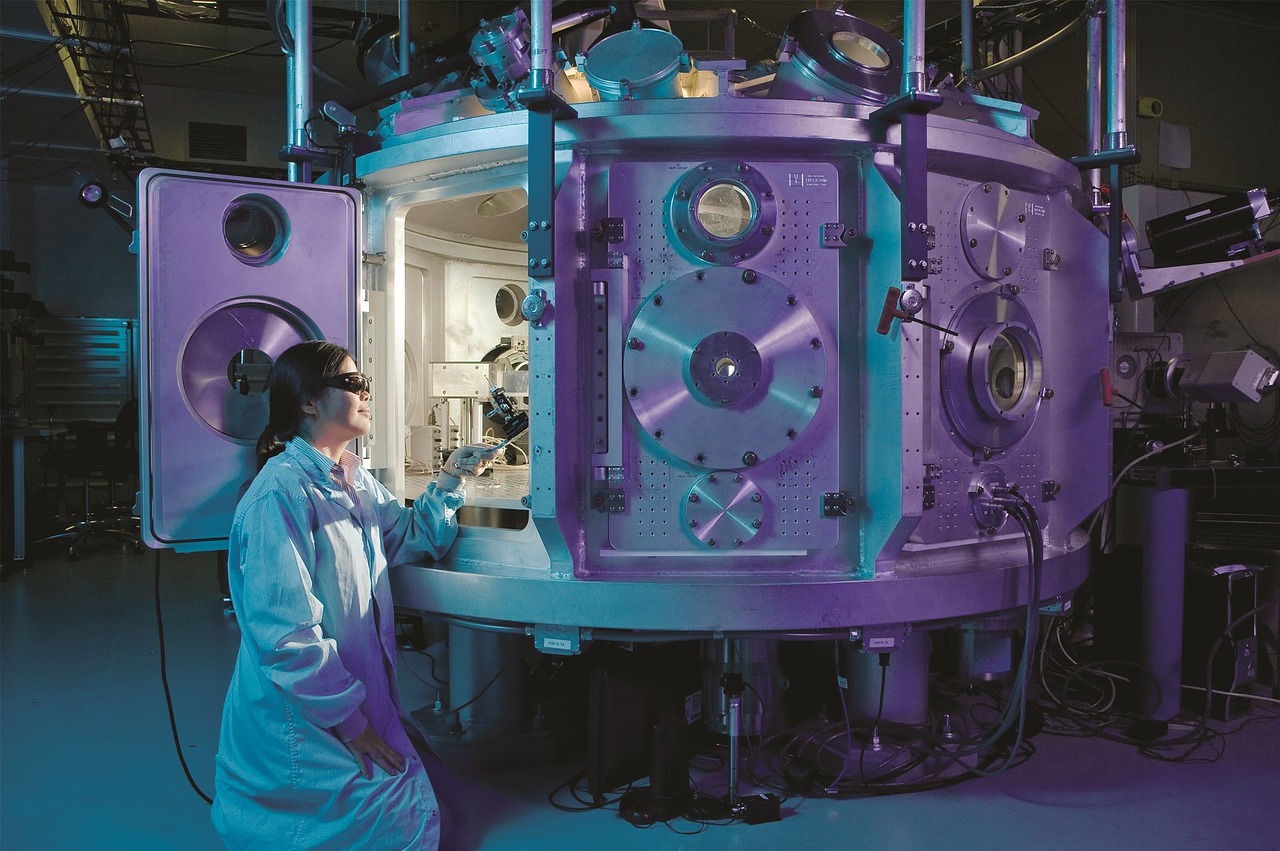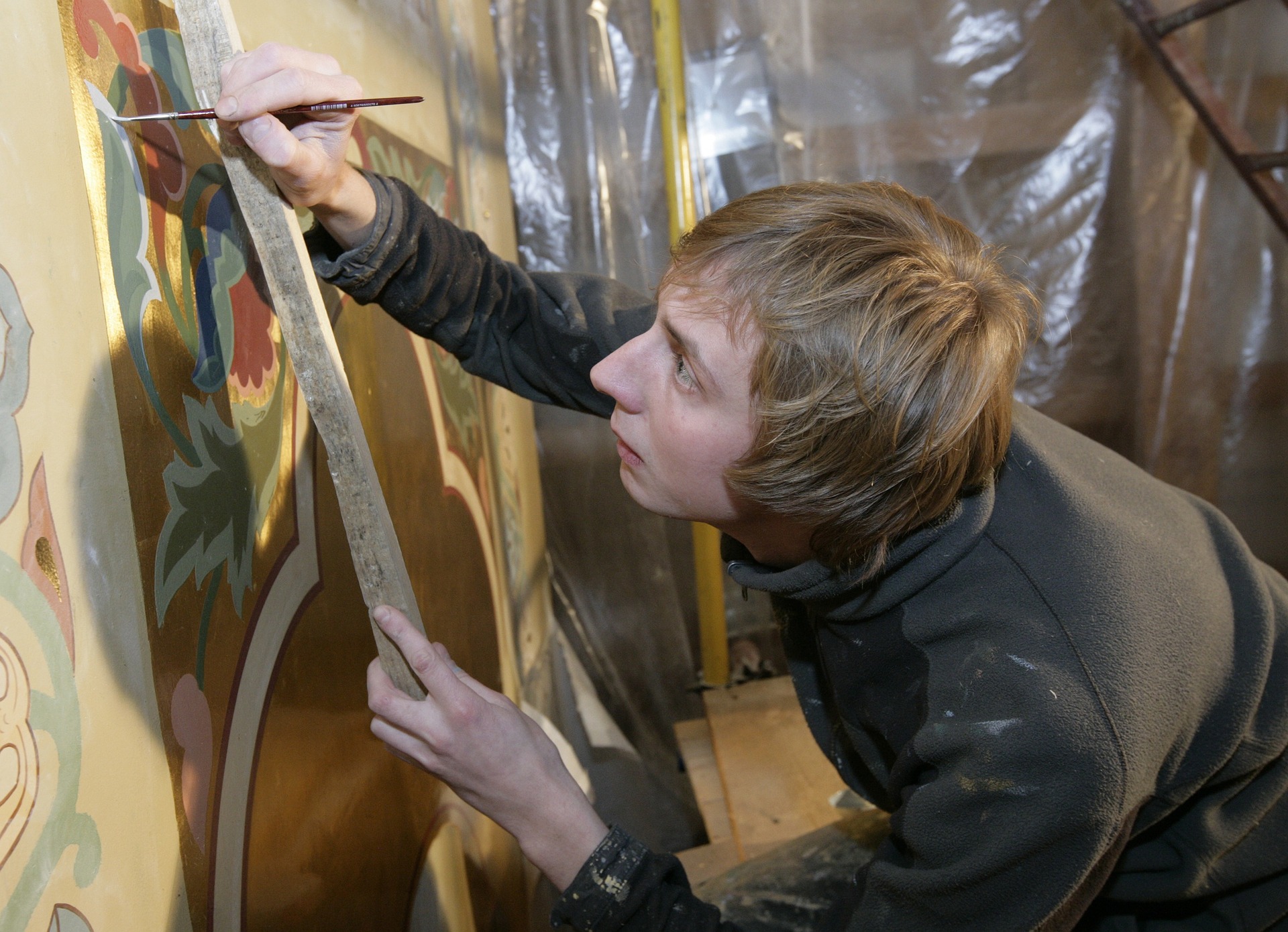The integration of the arts in the STEM educational model, transforming it in STEAM (Science, Technology, Engineering, Art and Mathematics) intends to encourage creativity in the teaching of science. As teachers, we can use this model to develop curiosity and artistic skills in our students to support their learning process.
Photo: Flickr
When a chemistry professor starts teaching a class to a group of restless junior high school students and begins to project a series of images of atomic model diagrams through the ages, several situations can arise. For example, some students will take notes and others, who are more daring, will ask questions to try to comprehend how Rutherford or Bohr managed to draw something that nobody had actually ever seen before. Meanwhile, the more easily distracted students will be doodling in their notebooks or looking out the window hoping that a superhero will land in the yard and save them from their boring chemistry class … but the last isn’t going to happen.
Chemistry models are abstract and their accompanying equations even more so. Teaching and learning about atoms is complex, since we cannot show our students an atom in the laboratory or take it to the classroom in a glass box. What we can do is fall back on creativity and artistic skills to foment curiosity and give free rein to the imagination, transporting students for a moment to the world where the scientists who had these magnificent ideas lived.
data-animation-override>
“The integration of art in science allows us to understand and explain phenomena that are everyday but we can’t see, strengthening the ability to establish analogies with already known situations and develop the construction of arguments.”
In the United States and Europe, the term STEM was coined in the nineties for an educational model that combines science, technology, engineering and mathematics. Decades later, another letter was added to this acronym to turn it into STEAM and incorporate art into science education.
I decided the “A” for art with all its power and weight should encounter the equally powerful atom in my ninth-grade classroom. I asked the students to bring some simple materials to class: a transparency sheet, cardboard, blue and red permanent markers, and sheets of white paper. As in every other class on atomic models, I projected images of the Dalton, Rutherford, Thomson, Bohr and even Schrödinger atoms. I didn’t give any further explanations on particles or orbitals or energy clouds. I then asked them to form collaborative work groups and choose the model they thought was the most beautiful. It is important to emphasize this, the beauty, the aesthetics, since this time it was not about the most accurate, interesting, complete or complex model.
The objective of this activity was for each group to create an anaglyph with the atomic model they liked best and to make some goggles with their cardboard, transparency sheet and markers so they could view their figure in 3D. The students were so enthusiastic that it took them less than thirty minutes to make their goggles and figures. Then we had a small exhibition so that they could all see their own and each other’s figures.
When you implement this type of activity, it is important, in that session or the next one, to discuss the experience of creating, allowing students to freely share their thoughts, feelings and observations. Afterwards, the results can be analyzed through leading questions: Which model is the most realistic? Why? Do you think making models is a valid way to explain nature? What did you learn? Why do you think that the atomic model has evolved? Do the models you drew look like anything else you have seen in nature? Could you propose a different model? Could you draw a living being or a human being with a similar structure to that of the atom?
data-animation-override>
“The integration of arts in a chemistry class stimulates creative thinking and empathy, frees stress in students and generates an environment of learning and collaboration.”
At this point, students begin to comprehend that the capacity to divide matter into increasingly smaller particles enables us to understand many phenomena and explain how various everyday things work. Knowledge of the atomic models becomes something important for them since they manage to reach this initial explanation, make something they can’t see tangible, establish analogies with things they know and develop the capacity to build arguments.
Knowledge and understanding of chemical models are essential in science education. Incorporating artistic activities allows students who have more difficulty in grasping abstract concepts to relate this knowledge to another, familiar abstraction: art. It also relieves stress, stimulates creative thinking and empathy, generating an environment of learning and collaboration.
Teachers do not have to be highly talented artists to implement this type of dynamics. In fact, they need to carry out these activities constantly to stimulate their own creativity and be able take it to the classroom.
About the author
Sofía López Olalde graduated in Chemical Engineering from UNAM and holds a Master’s in Strategic Planning in Engineering and Technology from Universidad Anáhuac. She is an experienced junior high, senior high and higher education teacher.
This article from Observatory of the Institute for the Future of Education may be shared under the terms of the license CC BY-NC-SA 4.0 
)
)










)
Sofía García-Bullé
Sofía García-Bullé
Sofía García-Bullé